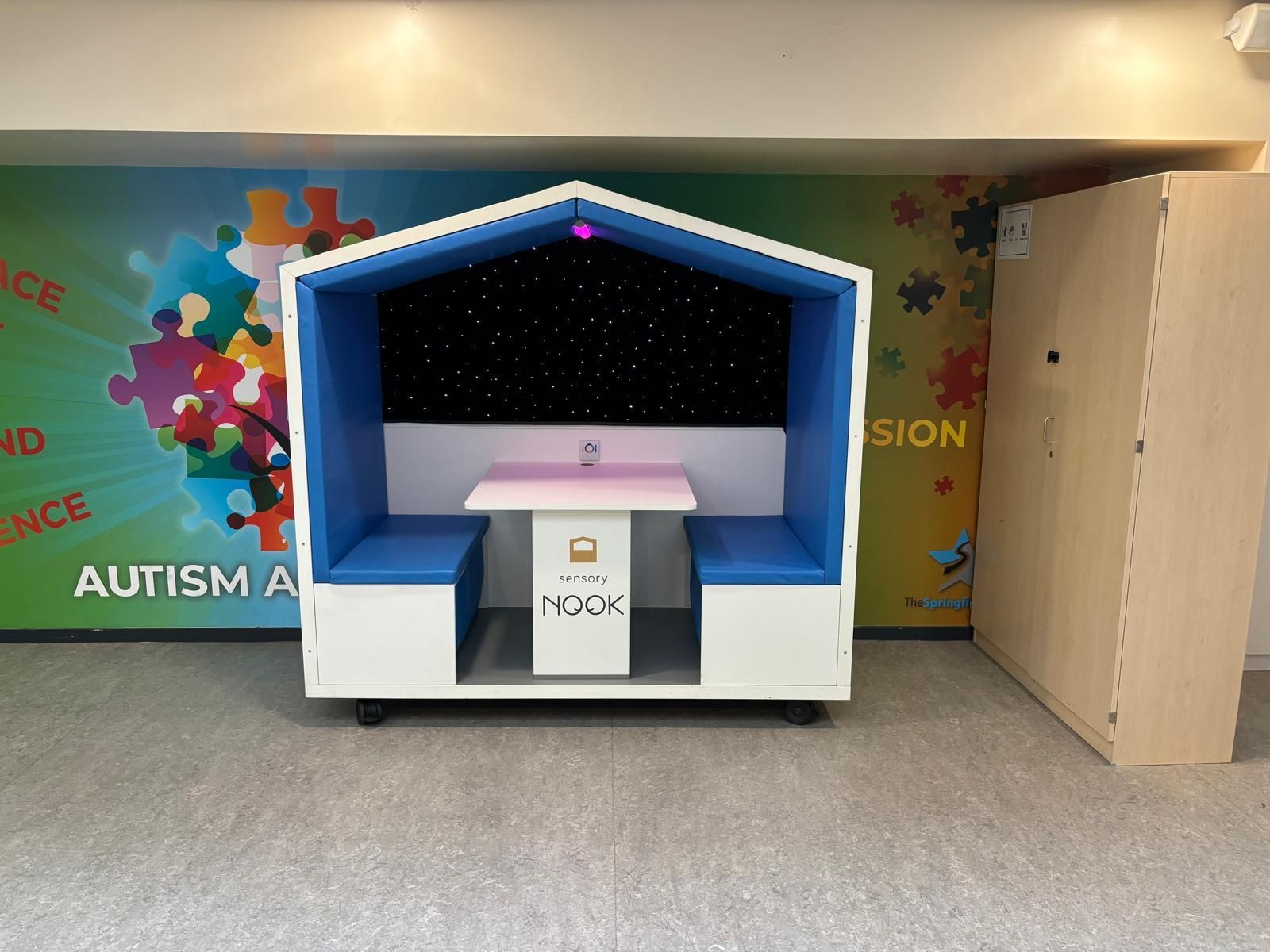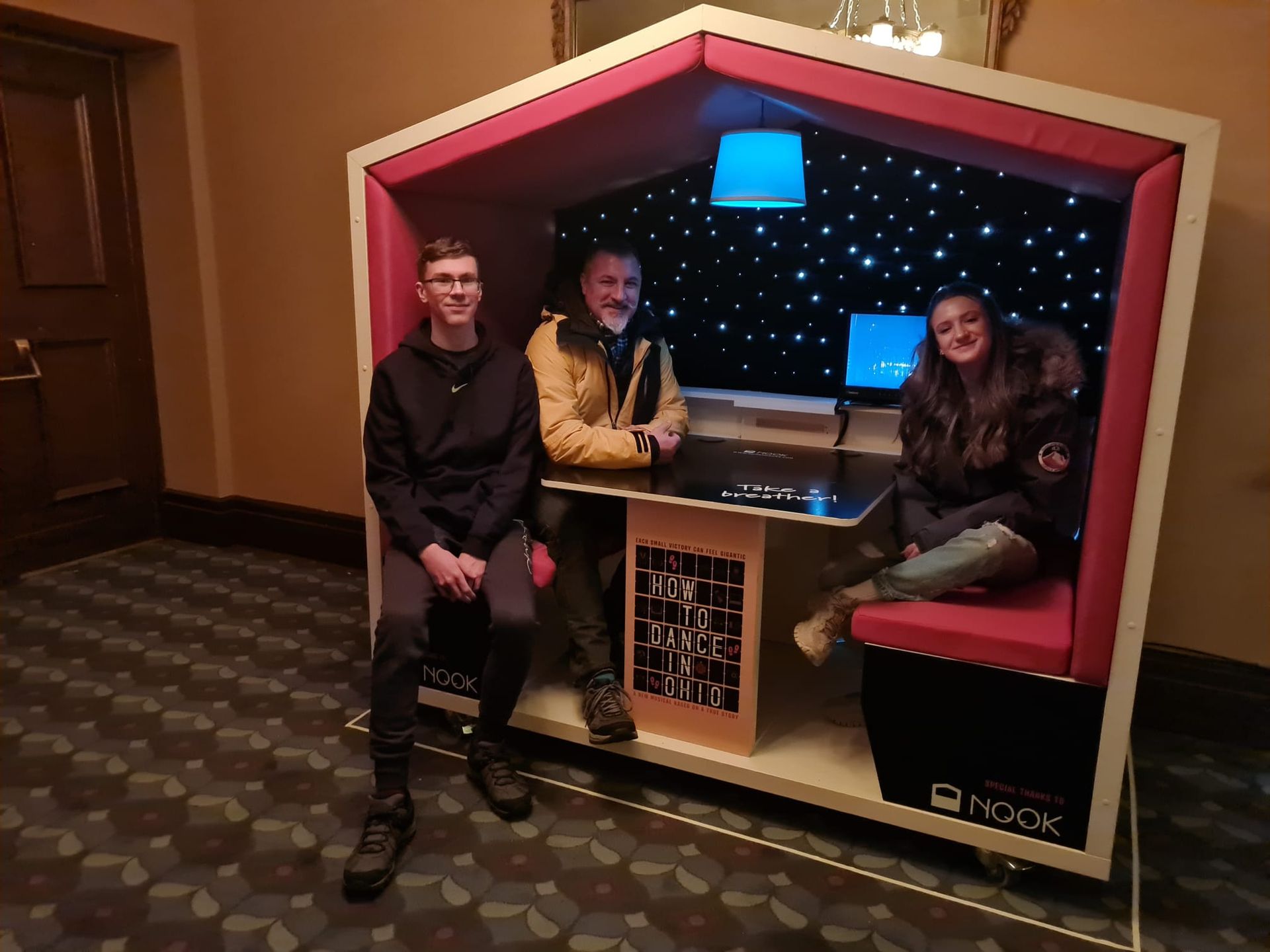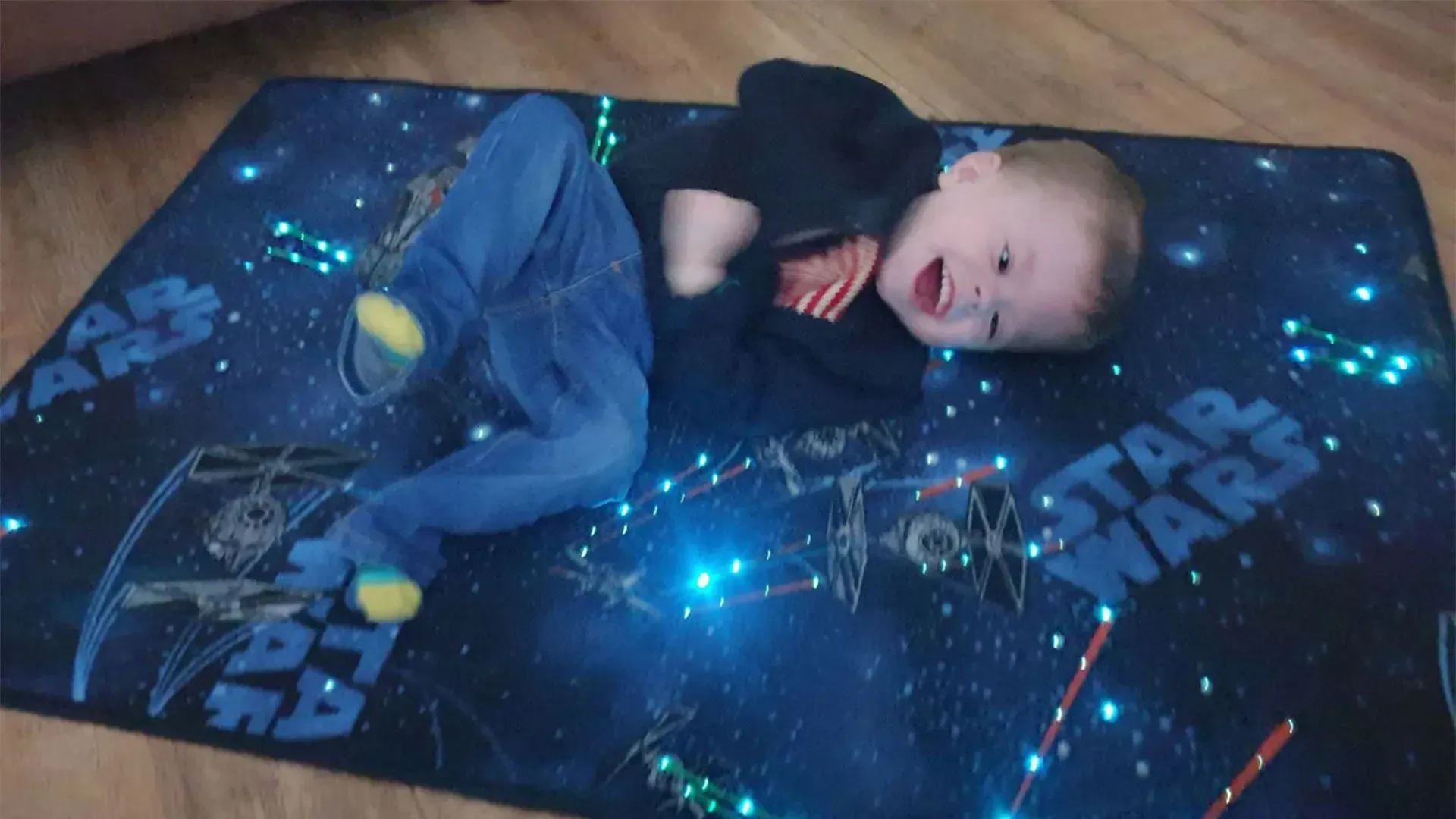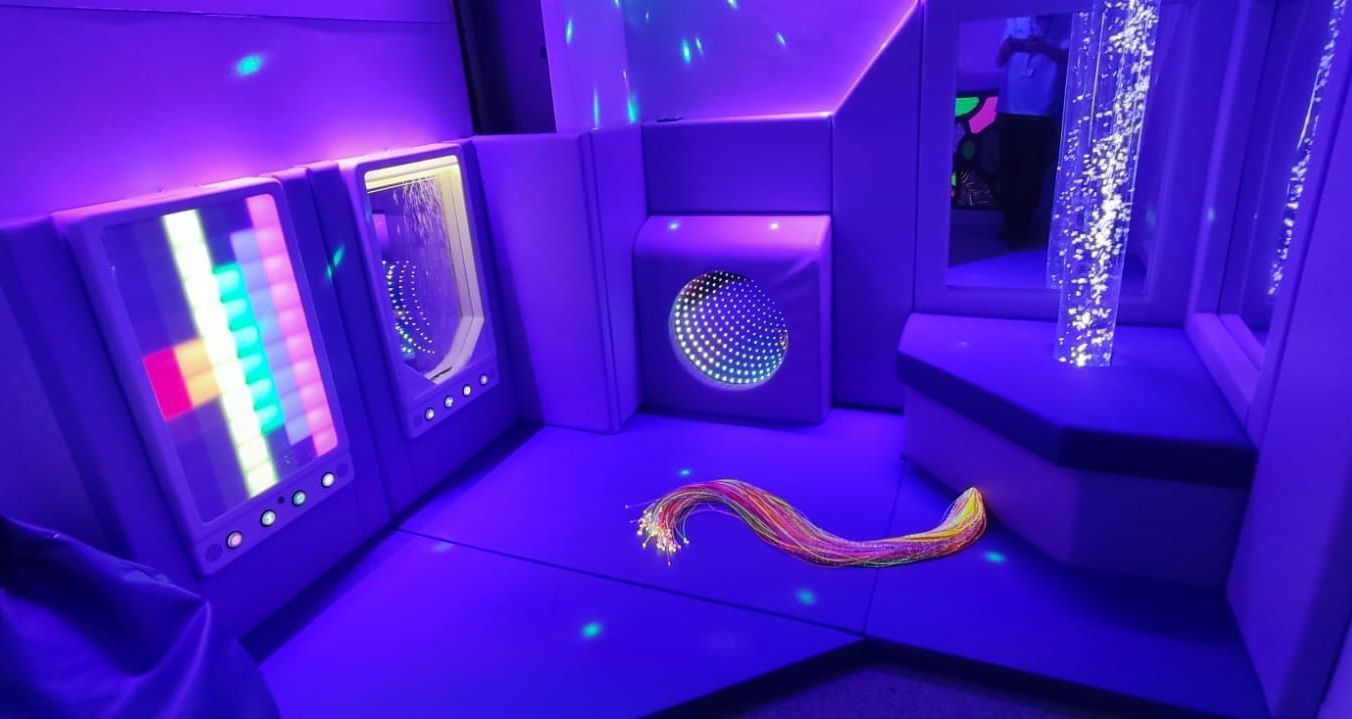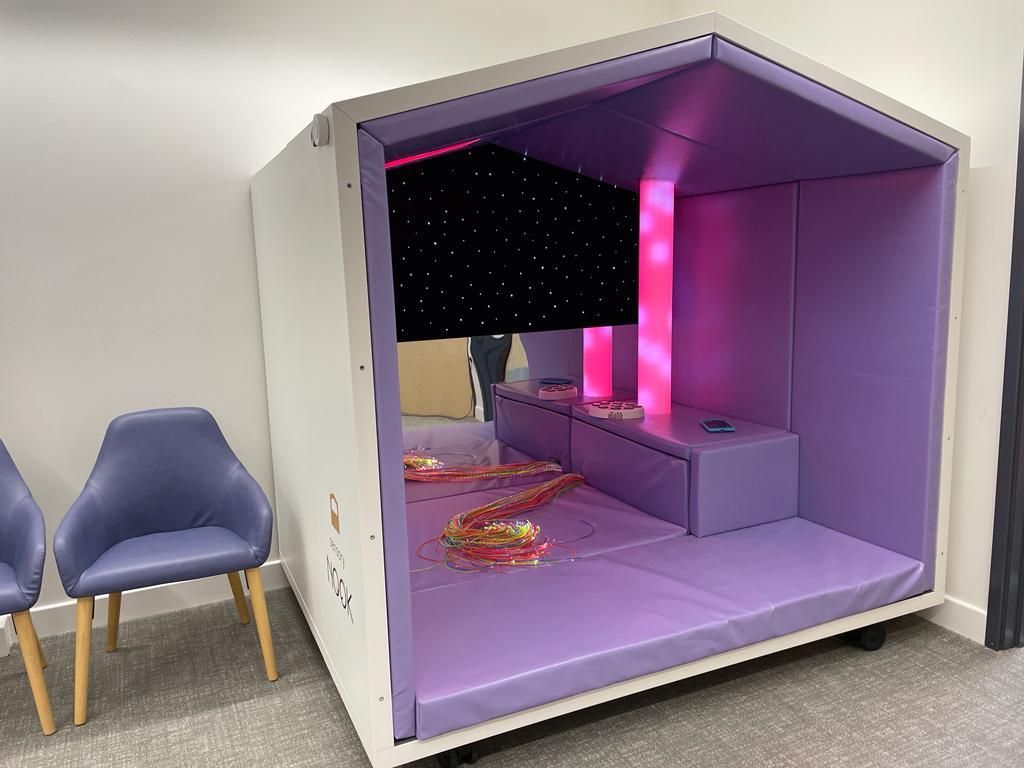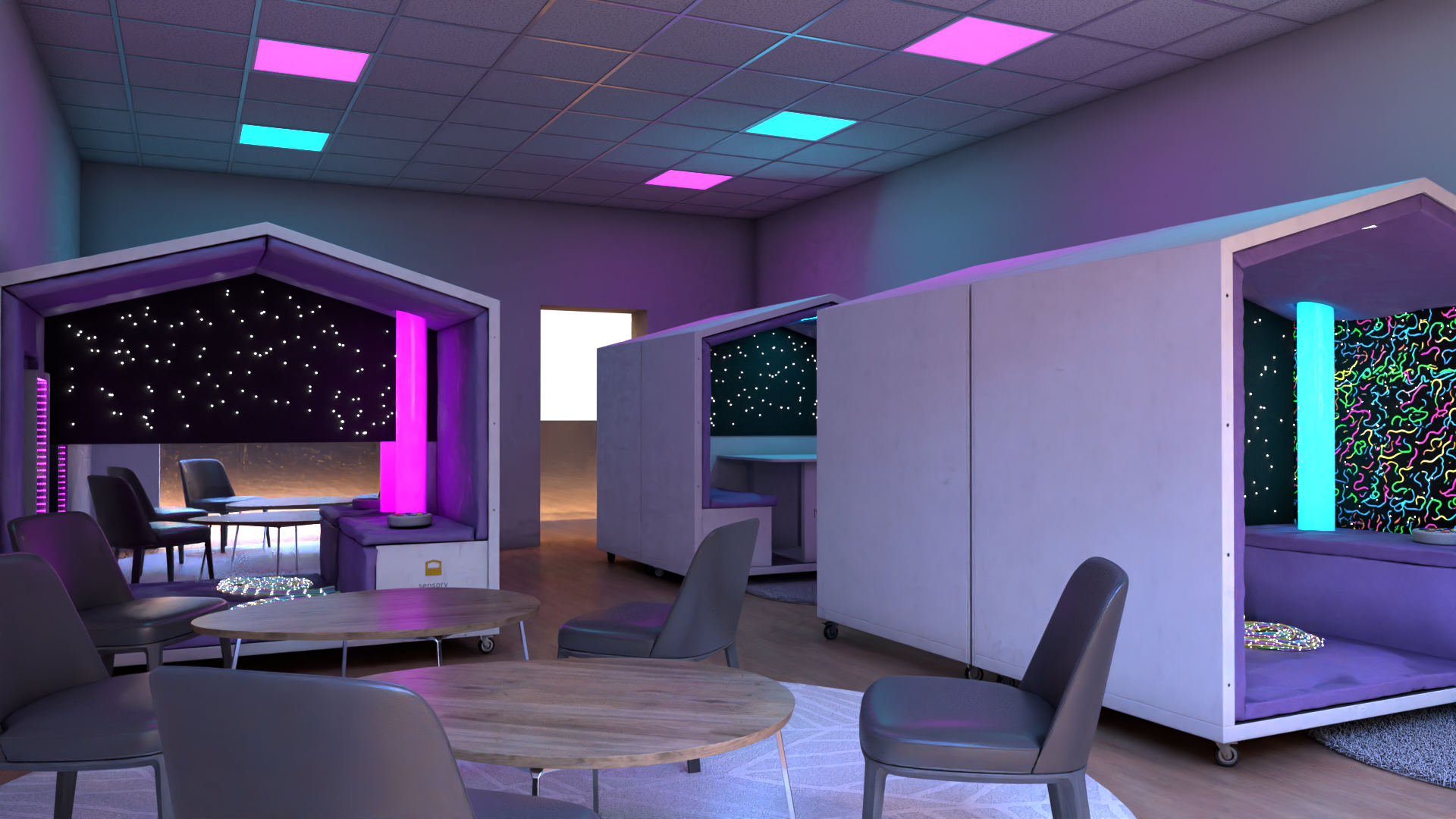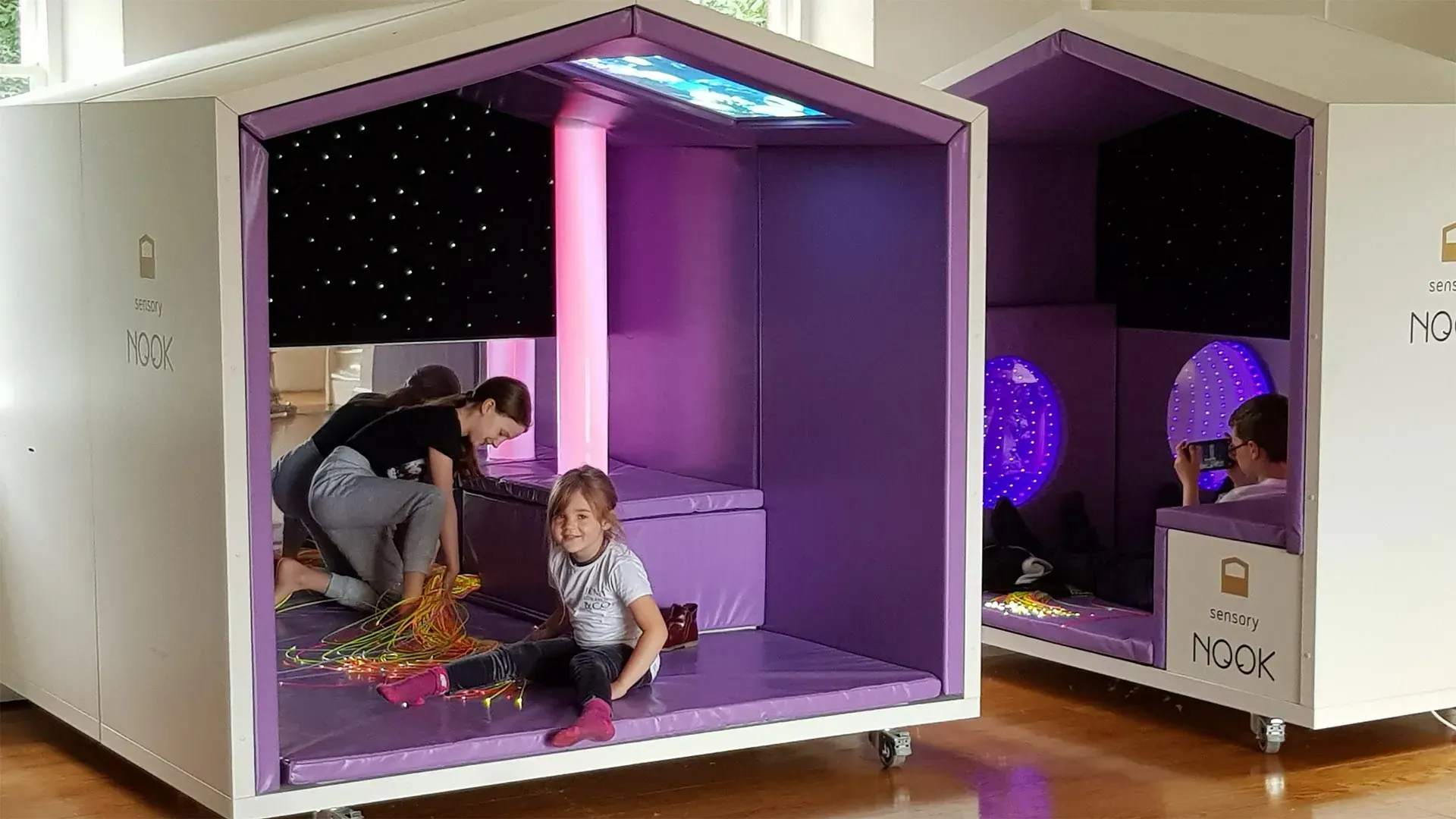Sensory Rooms - Essential Tools or White Elephant?
What Makes a Sensory Room Effective?
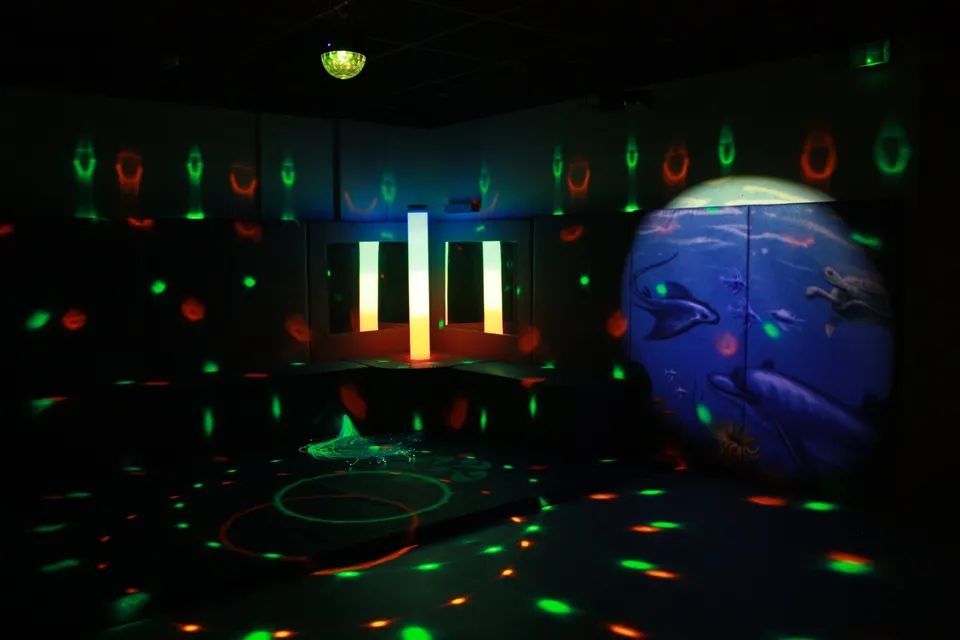
"Multi-sensory therapy is an activity which usually takes place in a dedicated room where patients experience a range of unpatterned visual, auditory, olfactory and tactile stimuli. These rooms are designed to create a feeling of comfort and safety, where the individual can relax, explore and enjoy the surroundings". (Baker et al, 1997).
Sensory rooms first appeared in the Netherlands in 1970 as a safe calming space in which neurologists could observe mental health patients while they explored their surroundings using their senses. From this start the idea of a relaxing space capable of delivering multi and specific sensory stimulus evolved and expanded beyond healthcare and in to special needs education.
This evolution over the next 30 years came from a very narrow base and although it spread quickly there was limited innovation of products and design as suppliers largely grew in number by existing companies splitting and replicating what had been done before. Sometimes they did this very well and sometimes not so well.
I personally have visited many sensory rooms up and down the country, usually as a result of them reaching the end of their productive life and in need of updating. I have seen very good examples and some that left me with a sense of despair. What I have gained from all the places I have visited is the insight that a well designed sensory room is an extremely valuable resource for the people who use them on a daily basis.
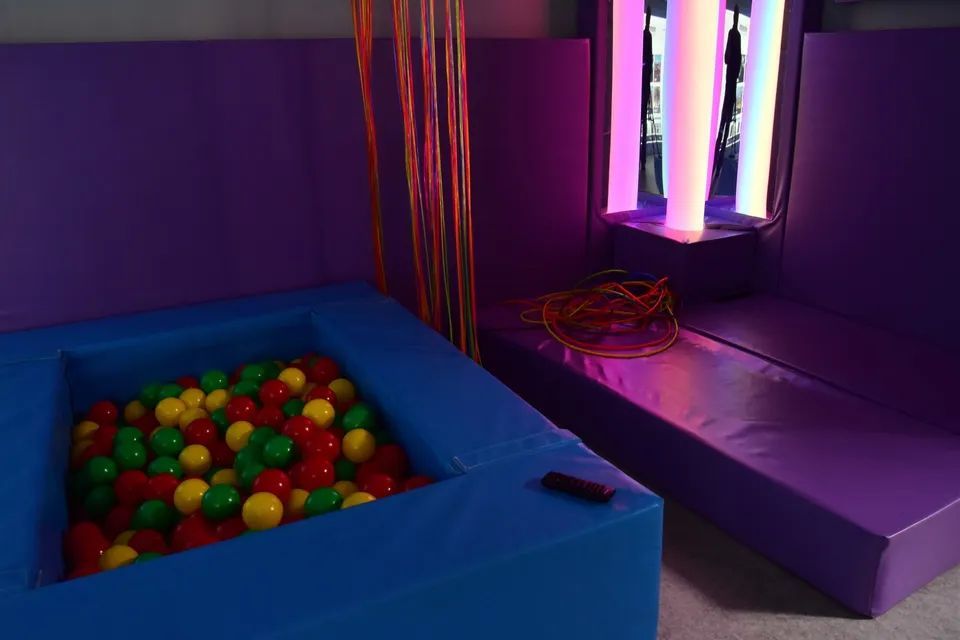
There are two key factors that decide if sensory room is an essential tool or white elephant:
1. Control
It would be easy to think control is simply about how a sensory room can be interacted with, big button remotes, tablet apps and simple switches. Whilst these are essential access points within a room there is a larger control factor that is often overlooked.
A few years ago, I was involved in a project at a specialist educational establishment were a young man with severe physical and mental disabilities was prone to going in to violent crisis 3 times a day for up to 20 minutes at a time. During these episodes he would self-harm, which meant 3 members of staff needed to hold him down on a foam mat to reduce the risk of injury. A modern multi-sensory room was designed and installed within the unit in to which he was taken at regular times throughout the day. The result was his crisis episodes reduced to one every eight days.
This was attributed by the staff to the ability to create a personalised environment around him that reduced his anxiety and frustration levels. In addition to this calming effect the staff observed that although he had been statemented as completely blind and totally deaf, he was tracking the moving lights and turning his head in the direction of sounds. This enabled them to modify his personal management program resulting in a further reduction in the incidences of challenging behaviour.
The key to this was that the sensory room created a safe, controlled and therefore predictable environment outside of the normal world, that could be adapted to the very specific requirements of the individual. This intervention at key times allowed him to relax. From this relaxed state and free from everyday interferences, different sensory inputs could be introduced in a controlled measurable manner that uncovered the young man’s previously obscured true abilities. His life was improved and so was that of the staff who cared for him. The sensory room was the difference that enabled this young man to stay in the educational establishment he was in.
2. Inclusive by Design
Traditional sensory rooms are often heavily stacked towards visual and low ability provision. This in large part evolved due to the low level nature of technology initially available to suppliers creating the early sensory favourites such as bubble tubes. Often it is the accidental result of picking individual products on their standalone merits without an overarching design in place. We tend to shop with our eyes and I personally have visited many sensory rooms where this is evident to the point of sensory overload.
For a sensory room to be an essential tool it needs to be inclusive by design. With the range of technology available today it is an entirely achievable goal to create a single space that will meet the needs of all from very low to high functioning disabilities. It works best when the project starts with a brief that says,
“We don’t need a sensory room, we need a controllable space that shuts out the immediate World and creates an alternative personalised one. We need an adaptable environment that will influence the mood of occupants on their individual personal terms. We need accessible sensory experiences available to everyone who enters”.
Then you will have an essential sensory room that creates multisensory experiences, supports personal wellbeing and delivers differentiated educational experiences.
Kevin Wheatley
AmbiSpace Ltd.
Kevin is an award winning sensory and immersive specialist who designs rooms and pods to deliver technology driven experiences for special needs and education. He has previously taught young people with SEN and successfully recovered from the debilitating condition M.E., an experience that strongly influences his work today.
Share Post
